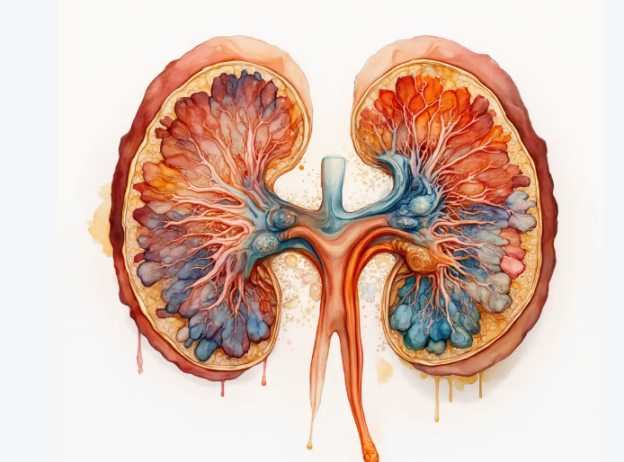Extracorporeal shock-wave lithotripsy (ESWL) was introduced into clinical practice in the early 1980s. Experience has shown it to be a safe, effective and non-invasive treatment; the majority of upper-urinary-tract stones can be managed in this way.
Success depends not only on stone size but also on location, chemical composition and anatomical factors.
- Stone size: Renal stones < 20 mm in diameter should be considered first-line for ESWL.
- Stone location: Pelvic stones fragment most readily; upper- and mid-calyceal stones respond better than lower-pole stones.
- Stone composition: Struvite and calcium-oxalate-dihydrate stones break easily; uric-acid stones can be treated with ESWL combined with dissolution therapy; calcium-oxalate-monohydrate and cystine stones are hard and more difficult to fragment.
- Anatomical anomalies: Horseshoe, ectopic or transplant kidneys and congenital collecting-system deformities may impair fragment clearance; ancillary measures to assist passage can be employed.
Treatment sessions and intervals: No more than 3–5 ESWL sessions are recommended (exact number depends on the lithotripter used). No uniform interval is mandated, but most investigators, considering the time required for renal recovery after injury, advise 10–14 days between sessions.
Current contraindications: pregnancy, uncorrected bleeding diathesis, obstruction distal to the stone, severe obesity or skeletal deformity, and high-risk conditions such as heart failure, serious cardiac arrhythmia, or active genitourinary tuberculosis.
| Topic | Key Points |
|---|---|
| Introduction | Introduced early 1980s; safe, non-invasive first-line for most upper-tract stones. |
| Stone size | < 20 mm renal stones = ideal candidates. |
| Stone location | Pelvic > upper/mid-calyx > lower-pole efficacy. |
| Stone composition | Easy: struvite, Ca-oxalate-dihydrate; Uric acid: ESWL + dissolution; Hard: Ca-oxalate-monohydrate, cystine. |
| Anatomical anomalies | Horseshoe, ectopic, transplant kidney or collecting-system deformity may hinder clearance → ancillary aids. |
| Session limit | ≤ 3–5 treatments (device-dependent). |
| Interval between sessions | Advisable 10–14 days to allow renal recovery. |
| Contra-indications | Pregnancy, uncorrected bleeding, distal obstruction, severe obesity/skeletal deformity, heart failure, serious arrhythmia, active UGTB. |
